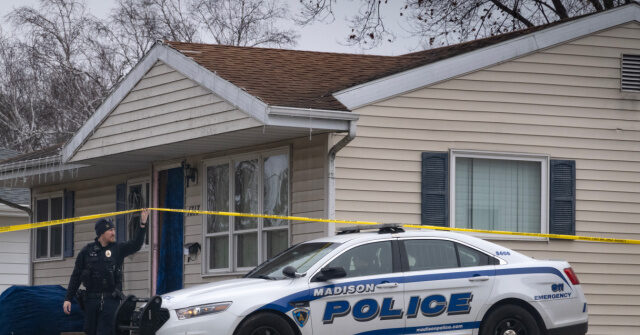The tragic incident that unfolded at Madison’s Abundant Life Christian School involved a 15-year-old girl who allegedly shot and killed two individuals, raising significant concerns about youth violence and mental health. Reports from NBC News delved into the girl’s tumultuous home life, highlighting a background marked by divorces, custody battles, and various court-mandated mediation sessions aimed at addressing her care. These struggles may have contributed to her unstable mental state, raising questions about her well-being and the support available to her in such a fragmented environment. Understanding the psychological impact of a chaotic family life on teenagers is crucial in the context of this tragic event.
As the investigation progressed, CNN reported that the origins of the firearms possessed by the young shooter were being traced but could not be disclosed to the public at this time. The careful treatment of this information is due to the ongoing nature of the investigation, indicating the complexity of the case. This lack of information raises broader concerns about gun ownership and accessibility for minors, leading to discussions about the responsibilities of gun owners and the potential need for stricter regulations to ensure firearms do not fall into the hands of individuals prone to violence or instability.
Moreover, alarming details emerged regarding the girl’s connections to Alexander Paffendorf, a 20-year-old man from Carlsbad, California, who was allegedly involved in planning a coordinated attack alongside her. According to court documents cited by CNN, Paffendorf had communicated intentions to carry out a mass shooting, indicating a more extensive network of potential violence that could have been orchestrated. The disturbing alliance highlights how social media and digital communication can facilitate dangerous relationships among youths, underscoring the importance of monitoring and intervention when concerning behaviors manifest online.
In a further layer of complexity, Paffendorf reportedly admitted to FBI agents that he intended to arm himself with explosives and a firearm, targeting a government building. However, the specifics regarding the intended target remain undisclosed, as do details about why this secondary attack was ultimately not executed. The lack of clarity surrounding these threats emphasizes the challenge law enforcement faces in preemptively addressing potential acts of violence while navigating investigations that involve minors. It raises questions about the effectiveness of current protocols to manage individuals who exhibit violent tendencies and the importance of timely intervention.
Responses from the media and gun rights advocates reflect on the implications of this incident on broader discussions surrounding gun control and youth violence. AWR Hawkins, a columnist for Breitbart News, outlined the significance of the shooting within the ongoing debate over Second Amendment rights, emphasizing the need for discourse surrounding responsible gun ownership. This incident inevitably fuels the ongoing discourse regarding how society can reconcile personal freedoms with the collective responsibility to protect individuals, particularly vulnerable youth, from harm.
In conclusion, the tragedy at Abundant Life Christian School serves as a somber reminder of the myriad factors contributing to youth violence, including unstable home environments, mental health challenges, and dangerous social connections. While the investigation continues to unveil the layers of this case, it underscores the urgent need for comprehensive strategies to address youth mental health services, gun control, and the monitoring of online interactions that could foster harmful intentions. As communities grapple with the aftermath of this incident, it is crucial to foster dialogues that prioritize the safety and well-being of all children while respecting their rights and freedoms.

